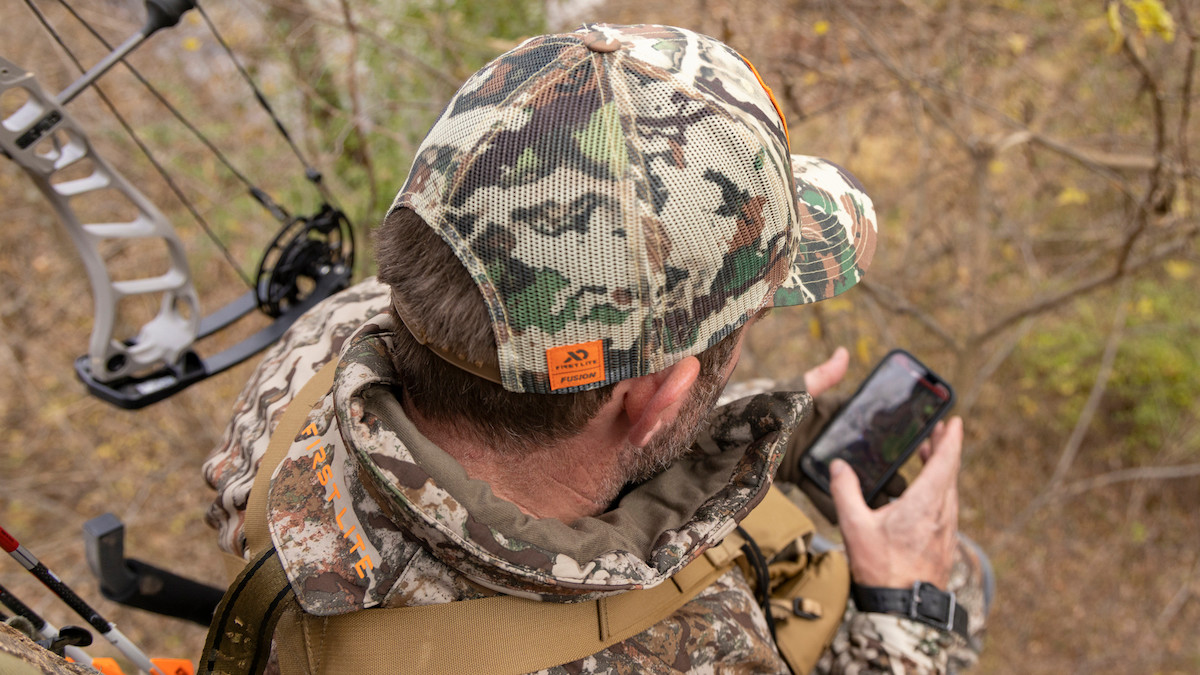
Cell cams. Mapping apps like onX. A supercomputer in everyone’s pocket capable of dialing up unprecedented levels of information within nanoseconds. All of these technological advancements provide a clear advantage to hunters, so wouldn’t it stand to reason that success rates should be skyrocketing?
For some reason, they generally aren’t. Or they’ve plateaued in the last decade. Take my home state of Minnesota for example, where harvested deer are required to be registered. From 2010 to 2021, firearm hunters experienced success rates of 25.3 to 35.9%. Archery hunters in the same time frame were stuck in a tighter range, only fluctuating between 14.5 to 21.6% success rates.
A deeper dive into those numbers reveals the peaks and valleys largely as outliers, with a much tighter consistency through most of those years. What’s interesting, is that with the advancements in technology through those 11 seasons, there wasn’t a steady climb in success. There is no to-the-moon-eventually line on the bar graph.
The Archery Trade Association has published state-by-state breakdowns of harvests over the years, and a quick look through recently published data reveals that Minnesota’s numbers seem pretty standard. Now, some states have much higher success overall (often states that allow baiting) but the trends are what matters. For some reason, even though we have more advantages than even hunters of a decade or two ago, we aren’t doing a whole lot better as a group.
The question is, why?
Too Much of a Good Thing
Few hunters boast as impressive of a whitetail resume as Michigander, Andy May. His success on mature public land bucks is nearly unprecedented, and he has a theory on why technology hasn’t led to an overall, highly noticeable uptick in hunter success.
“Take hunters in their 30s, for example,” May said. “They may have never hunted without trail cameras. They’ve been raised using technology to hunt, which can be great, but it can also convince us that we have everything need to be good hunters without actually learning about the woods and the deer.”
May’s take on this is an important one. The idea that hunting success for the masses is nearly ensured through battery-powered gadgets is a false promise. Sure, if you have private ground in a state that allows automatic feeders, for example, it might be as simple as pairing them up with cell cameras and waiting for the deer to show up.
However, hunters without a situation that really lends itself to technological advantages might actually be doing themselves more harm than good by relying on them. This is simply because the tech can provide an excuse for not learning about the deer, which is a huge mistake.
The Right Tool For The Job
You might be thinking, it sure seems like people are killing more big bucks than ever. You’d undoubtedly be right. You would also be able to pin some of that success on the availability of the latest technology. But there is also a visibility bias here, where every big buck that’s killed can be seen almost instantly by hundreds and thousands of people via social media and other online platforms.
This might actually be suppressing some of the overall success rates, in a weird way. When we see every rando out there posing in a good-buck selfie, it produces some level of peer pressure to compete. That’s probably keeping plenty of people from shooting does and small bucks, which are less likely to end up in a grip-and-grin on the ‘gram.
This is absolutely speculation on my part, but I wouldn’t be surprised if some of the harvest has shifted from whatever happens to walk down the trail, to older age class deer. If that’s true, it’s still roughly the same amount of hunters killing roughly the same amount of deer in an awful lot of states.
But there are others, who are clearly reaping the rewards of technology. If you take someone like May, who has the woodsmanship to consistently get it done without technology, and then you give him onX or a few trail cameras, you now have someone who is a real threat to the deer.
This is because technology isn’t a true shortcut to success, but another precise tool that can be put to use correctly to contribute to the end goal. In that way, it’s probably best for most of us to look at whatever advantages we can get, or choose to employ, as complementary to a larger strategy than a supplemental one that promises no need for the foundational skills required to get it done on most whitetail ground.






Conversation